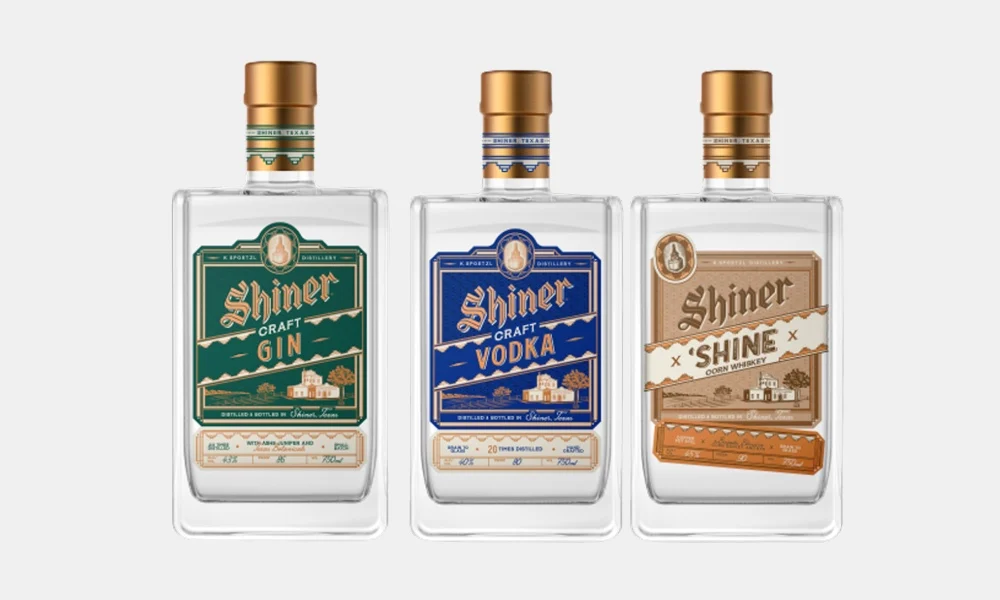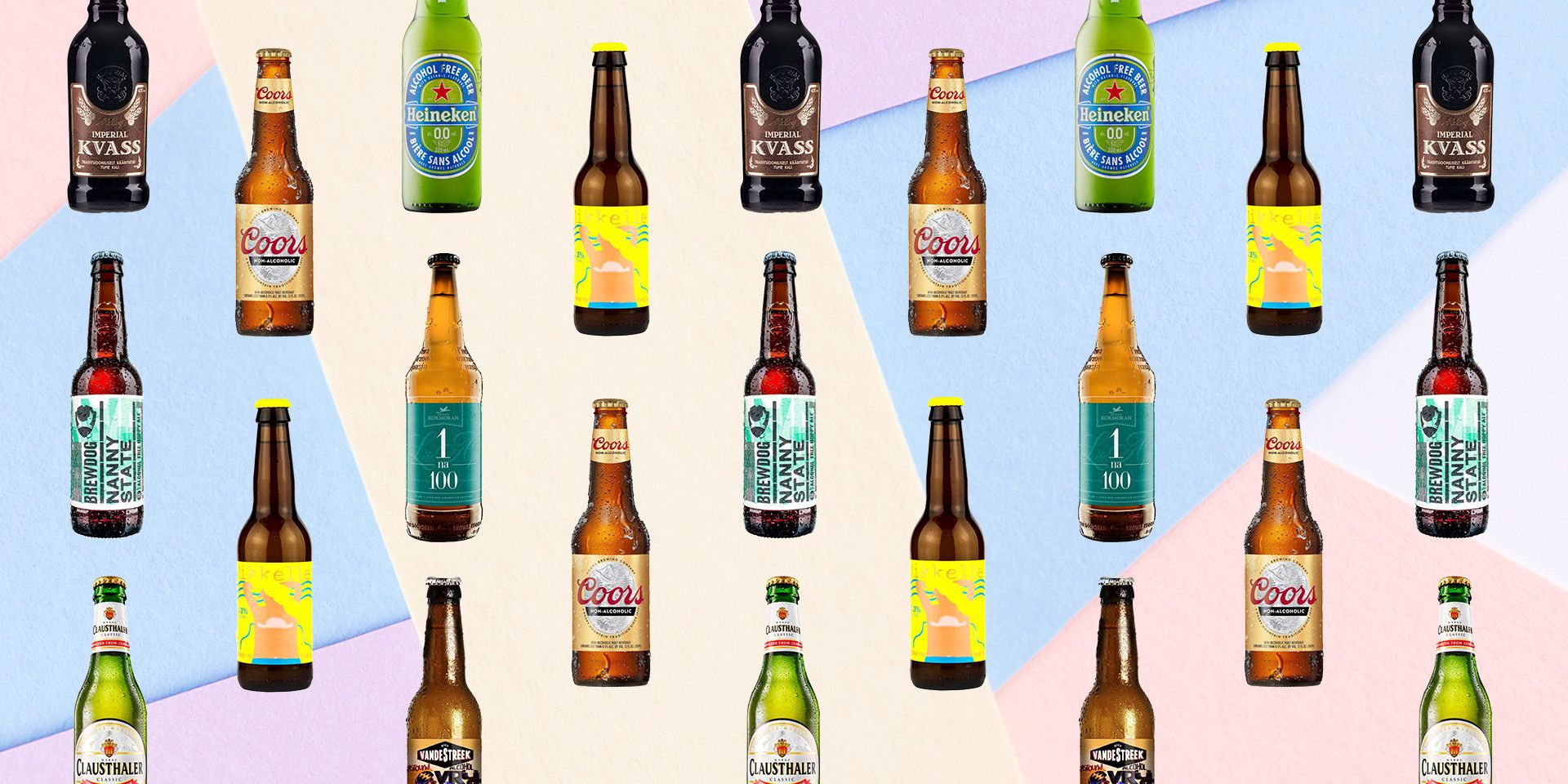Distillery in Galveston: Discover the Art of Craft State Of Minds
Distillery in Galveston: Discover the Art of Craft State Of Minds
Blog Article
The Ultimate Distillery Experience: From Grain to Glass, Everything You Required to Know
Embarking on a journey via the intricacies of the distillery process reveals a globe where scientific research meets creativity in the production of spirits. From the careful selection of grains to the careful crafting of each container, every action in the production line plays an important duty in forming the final product that graces our glasses.
The Art of Grain Option
Choosing the ideal grains is a crucial action in the purification process, identifying the flavor profile and high quality of the end product. The sort of grain selected substantially affects the personality of the spirit being generated - Galveston Whiskey. Common grains utilized in distillation consist of barley, corn, rye, and wheat, each conveying unique tastes and qualities to the final product

Beyond taste factors to consider, the quality and pureness of the grains are vital. Distillers meticulously resource grains to guarantee they are cost-free from pollutants and have the essential starch content for fermentation. By mastering the art of grain choice, distillers lay the structure for producing exceptional spirits that astound the taste.
Distillation Refine Demystified
Having actually established the structure with precise grain selection, the purification process emerges as the transformative stage where the significance of the chosen grains is unlocked and improved into a perky type. Distillation is a methodical procedure that counts on the principle of separating alcohol from a mixture based on differences in steaming points. As soon as the fermented mash is warmed in the still, the alcohol evaporates at a lower temperature level than water and various other compounds, permitting its extraction. As the alcohol vapors increase and pass through the still, they condense back into fluid form, leading to a higher evidence extract. This distillate, additionally known as the 'heart cut,' is the purest and best section of the distillation run. Nonetheless, the procedure does not finish there; several purification runs or added steps such as maturing in barrels might additionally refine the spirit, improving its intricacy, personality, and flavor. Recognizing the details of the purification procedure is essential for creating top notch spirits that astound enthusiasts and aficionados alike.
Barrel Aging and Taste Growth
Throughout the barrel aging process, spirits undergo a transformative journey as they interact with the timber, soaking up nuanced tastes and establishing a rich intricacy. As spirits age in the barrels, they extract compounds such as vanillin, lignin, and tannins from the timber, adding to the development of aromas like vanilla, caramel, spice, and even hints of toasted oak.
Additionally, the aging process enables for oxidation to happen, leading to more chemical responses that mellow the spirit and complete any kind of rough edges. The porous find nature of timber additionally makes it possible for the spirit to breathe, facilitating the assimilation of flavors over time. Depending on the duration of aging and environmental problems like temperature and moisture, spirits can get various characteristics, from subtle timber notes to deep, intricate flavors that make each set special. Eventually, barrel aging plays a crucial function fit the distinctive taste profile of each spirit, providing a sensorial journey for lovers to appreciate.
Workmanship in Bottling and Classifying
As spirits reach their ideal flavor profiles via barrel aging, the meticulous workmanship in bottling and labeling comes to be the following vital action in offering a premium item to customers. The procedure of bottling and identifying is a critical facet of the general distillery experience, as it is the last touchpoint before the item gets to the hands of consumers (Breweries in Galveston Texas). Craftsmanship in bottling entails ensuring that each container is filled up exactly with the spirit, taking right into account elements such as consistency in fill degrees and the prevention of any contaminations entering the bottle

Sampling and Appreciating Fine Spirits
To totally value fine spirits, one have to engage all the senses in a calculated and mindful sampling experience. When tasting fine spirits, it is vital to start by observing the spirit's appearance. Keep in mind the color, clarity, and thickness of the liquid in the glass. Swirl the spirit gently to straight from the source release its aroma. The nose is a critical sense in tasting spirits; take a minute to inhale the complex scents deeply. Next, take a small sip and let it stick around on your taste buds. Take note of the different tastes that unfold - from fruity and pleasant notes to spicy or smoky touches. Consider the mouthfeel, keeping in mind if the spirit is smooth, creamy, or fiery. Swish the spirit in your mouth to completely experience its texture and taste. Lastly, swallow slowly and value the lingering surface. Fine spirits usually leave a pleasurable aftertaste that can reveal also extra regarding the workmanship and top quality of the beverage. By engaging all your detects in this fashion, you can genuinely enjoy and value the intricacies of fine spirits.
Conclusion
In conclusion, the distillery experience encompasses the detailed art of grain selection, the exact distillation process, the transformative barrel aging, the precise workmanship in bottling and identifying, and the sophisticated practice of sampling and valuing great spirits. Each action in the manufacturing procedure plays an essential role in producing high-grade spirits that astound the detects and joy lovers worldwide.
The kind of grain selected significantly influences the character of the spirit being generated. By grasping the art of grain choice, distillers lay the structure for creating remarkable spirits that astound the palate.

Report this page